by Louise Irvine
Ikebana, the Japanese art of flower arrangement, means “giving life to flowers”. No wonder Chihuly chose this name for his monumental vases of flowers after a visit to Japan. His fabulous flower heads and leaves of glass have an organic yet otherworldly feeling. Art and nature harmonize and surprise in his Ikebana garden installations.
Japanese Ikebana
The practice of arranging and appreciating flowers throughout the four seasons was established in Japan with the advent of Buddhism in the 6th century. Temple priests made seasonal flower offerings at altars and gradually over the centuries the art of ikebana developed. Yoshimasa (1436-1490), the eighth shogun, was a notable patron of the arts and the greatest promoter of ikebana, as well as the tea ceremony cha-no-yu. He abdicated his office to devote his time to the fine arts and he advocated that flowers for the gods should not be offered casually but should represent time and thought. In Japan, every plant species has a distinct meaning and principles of arrangements were formulated to symbolize heaven, earth and humanity.
Chihuly’s Flowers
Chihuly’s love of flowers is rooted in happy childhood memories of his mother’s garden, blooming with dahlias, azaleas, and rhododendrons. Viola Chihuly was an avid gardener and had one of the most beautiful gardens in their neighborhood in Tacoma, Washington. On special occasions, the family would often visit the Seymour Conservatory in Wright Park to admire more exotic blooms. While a student, one of Chihuly’s favorite paintings was Van Gogh’s Sunflowers and it was the subject of his first art history paper in college.
Showy flowers in full bloom inspired Chihuly’s Ikebana series, which he began in 1989. The fantastic flower heads and long spiraling stems evolved from his Venetian series which he developed with Murano maestro Lino Tagliapietra. Their collaborative Venetian vases were inundated with a profusion of exotic flowers and vines, which evolved into massive Ikebana arrangements in myriad colors with twisting flower stems, sometimes reaching over six feet tall.
Some Ikebana forms seem almost alien in their botanical exuberance and are reminiscent of the fictitious plants in John Wyndham’s novel Day of the Triffids. Chihuly has also been called the Dr. Seuss of Glass for his quirky organic forms which look like Truffula trees. Chihuly has often integrated his Ikebana arrangements in garden settings to bring an air of fantasy to their natural surroundings.
“I took my Venetians and added long-stemmed glass flowers and leaves which evolved into my Ikebana series.”
Read more about Chihuly’s inspiration from nature
Chihuly: A Force of Nature
-
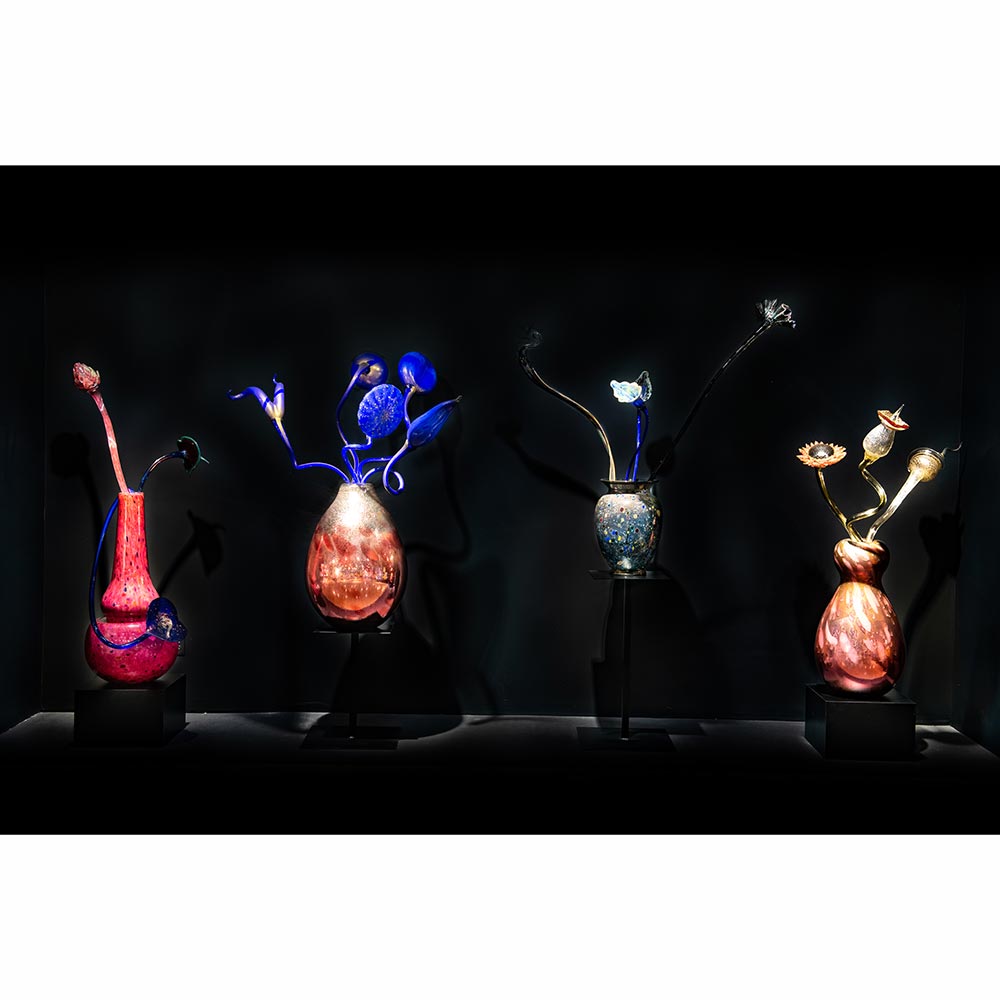
Ikebana Collection at WMODA
-
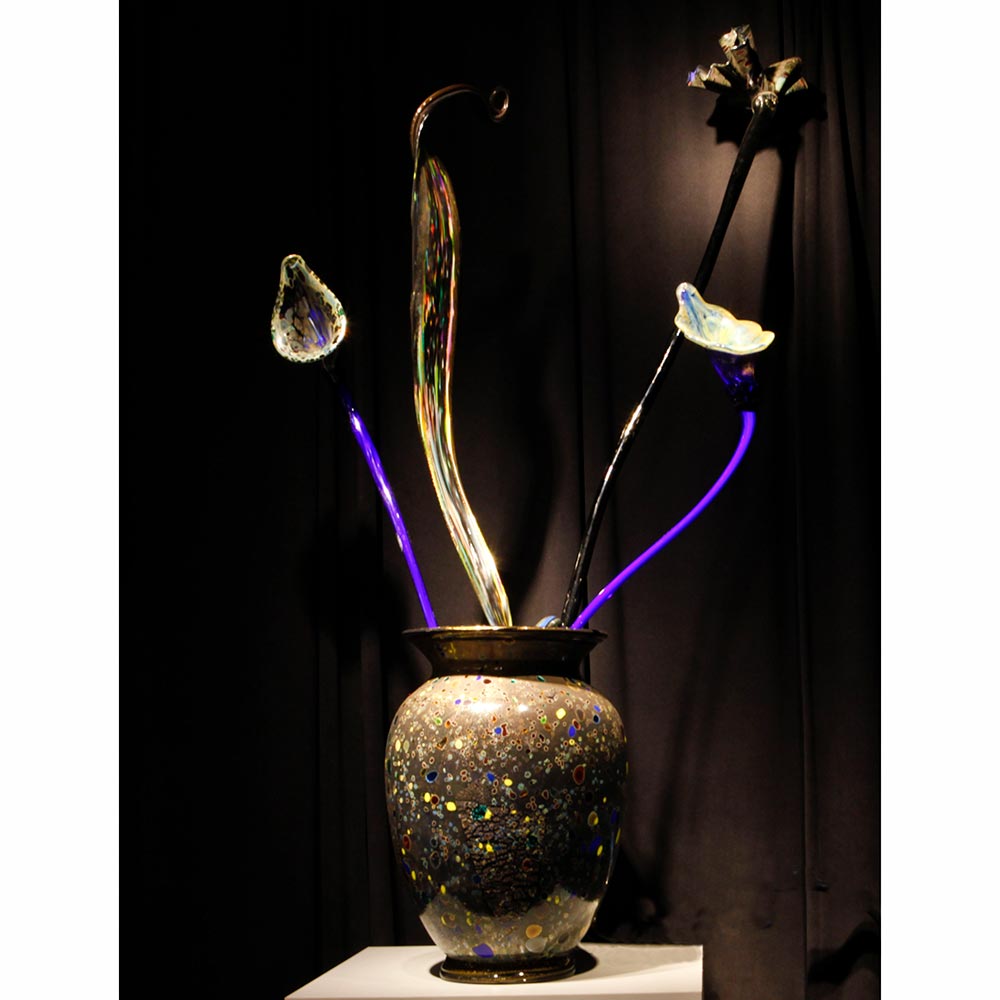
Ikebana by D. Chihuly
-
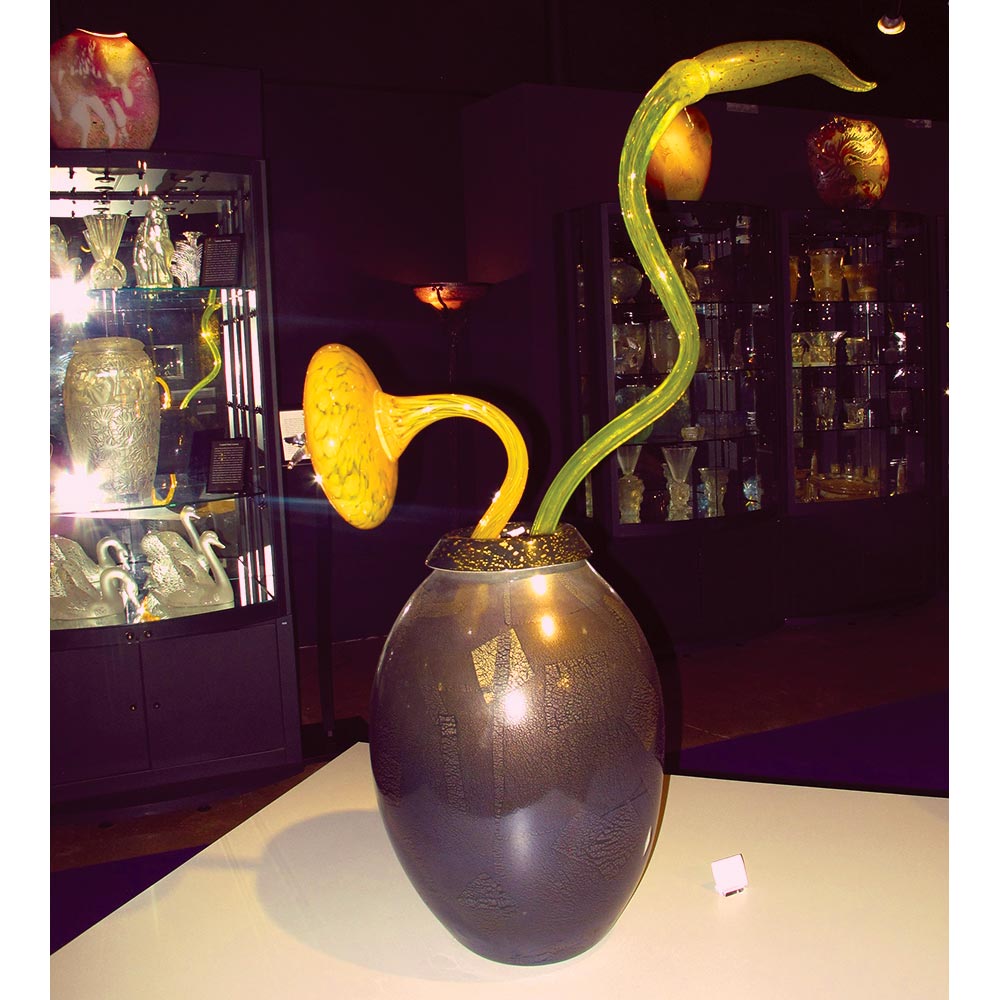
Green Ikebana by D. Chihuly
-
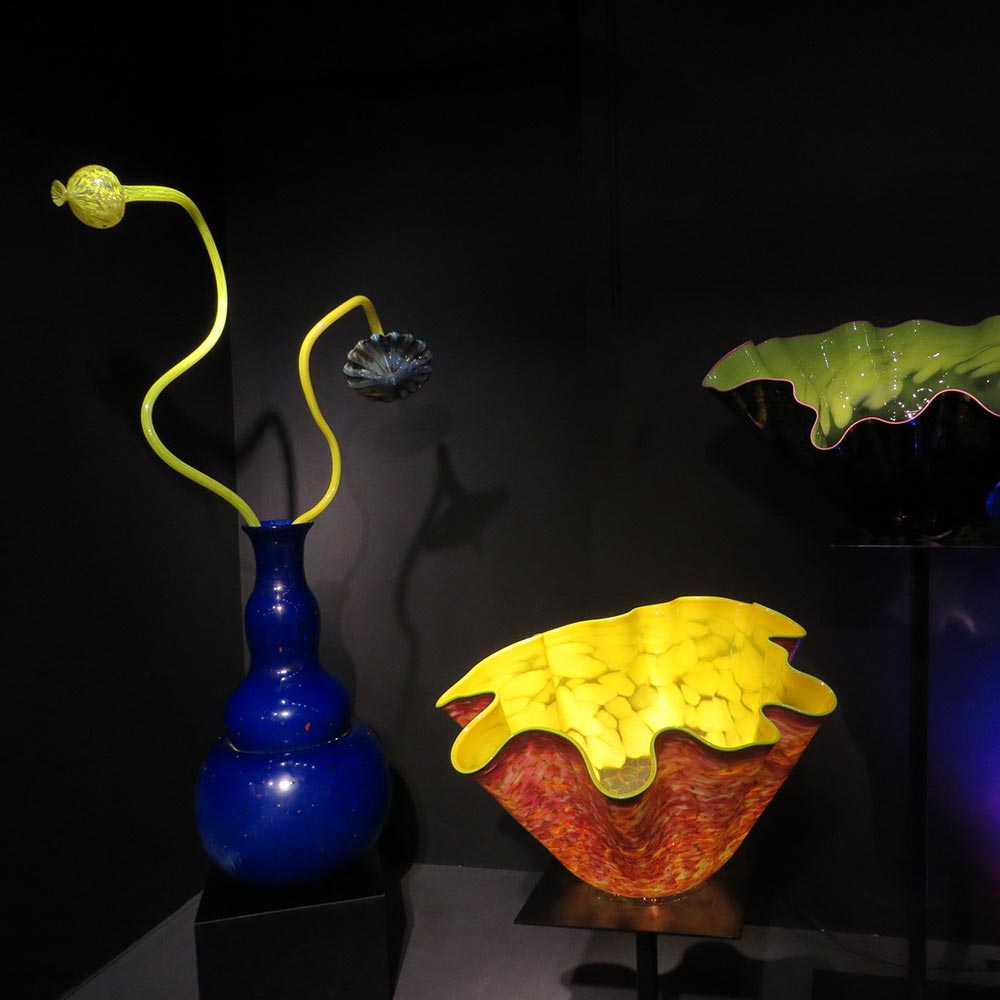
Ikebana and Macchia by D. Chihuly
-
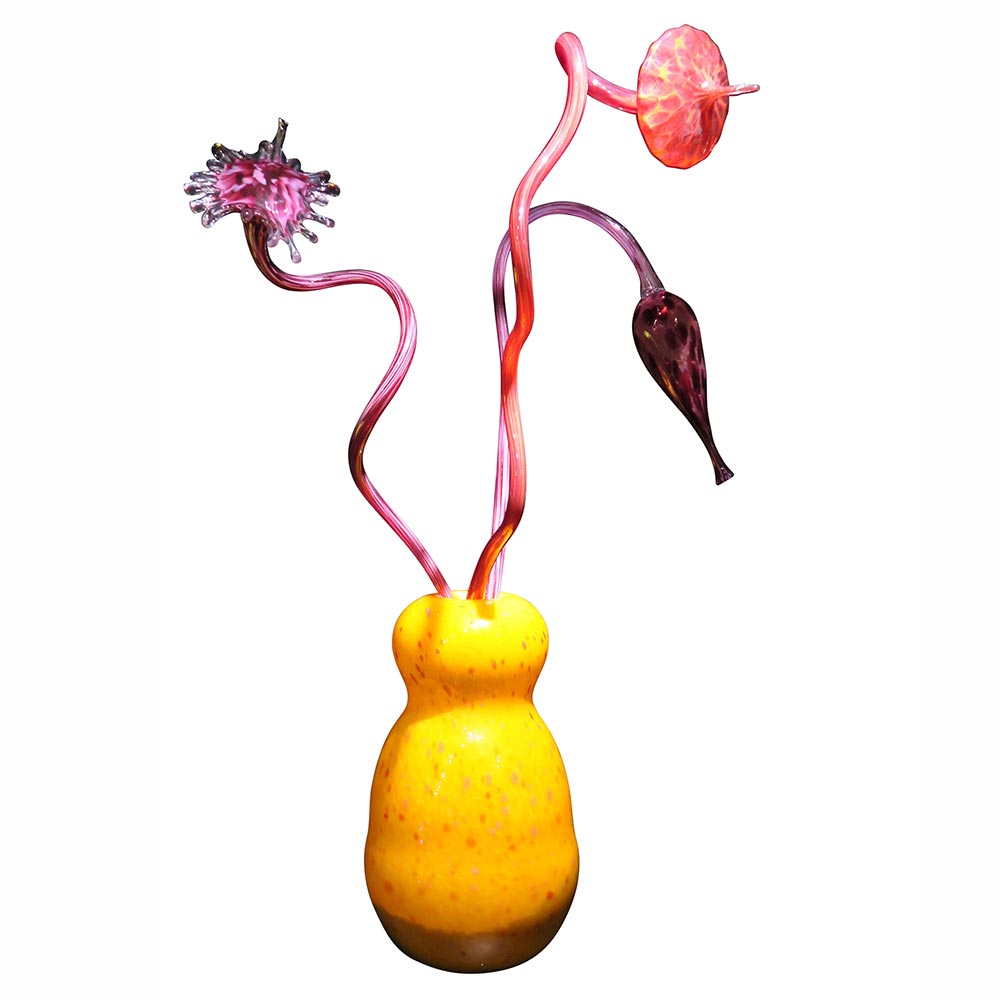
Yellow Ikebana by D. Chihuly
-
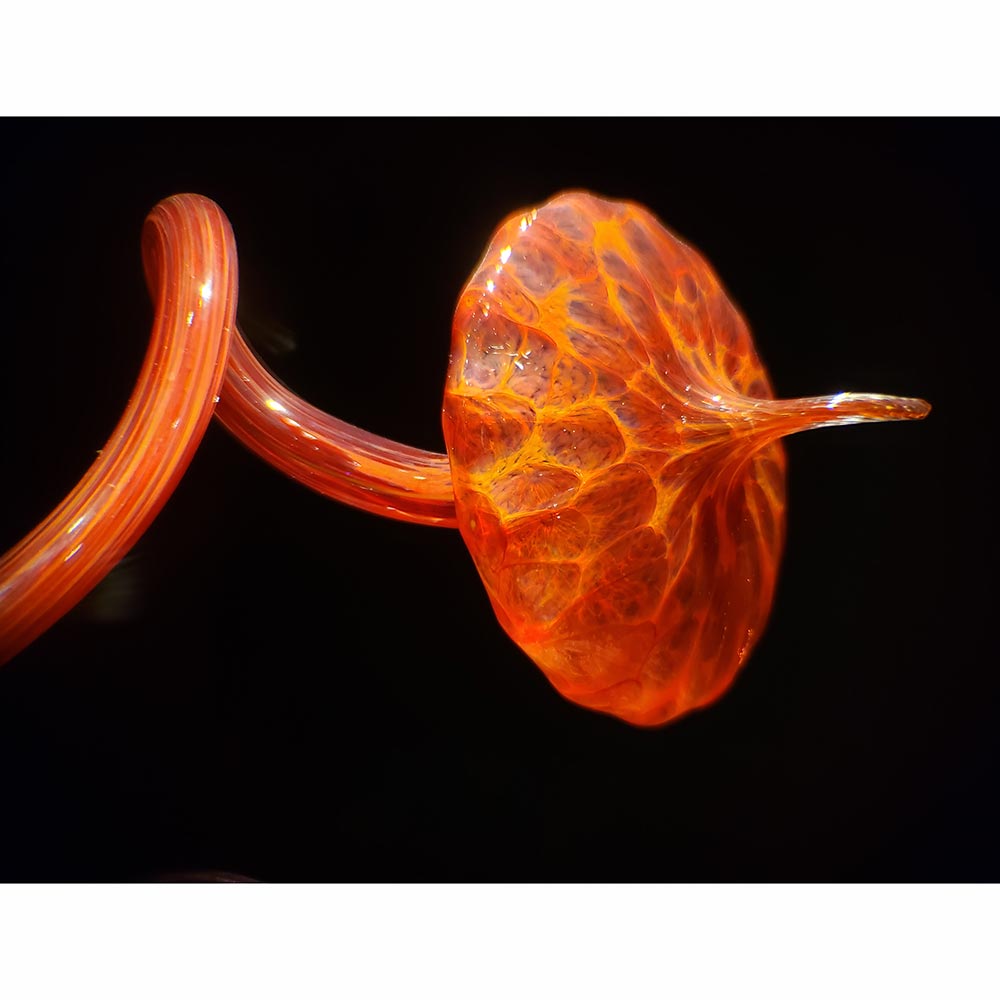
Ikebana Flower detail
-
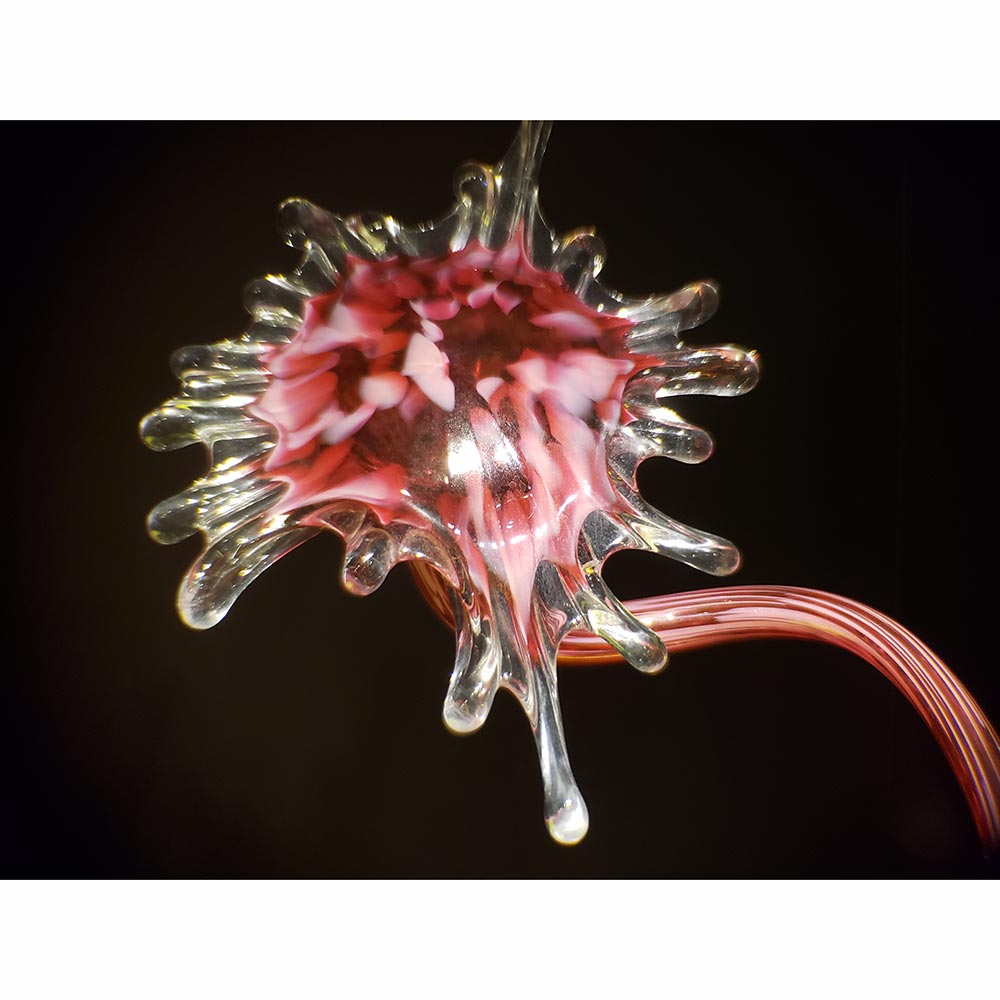
Ikebana Flower detail
-
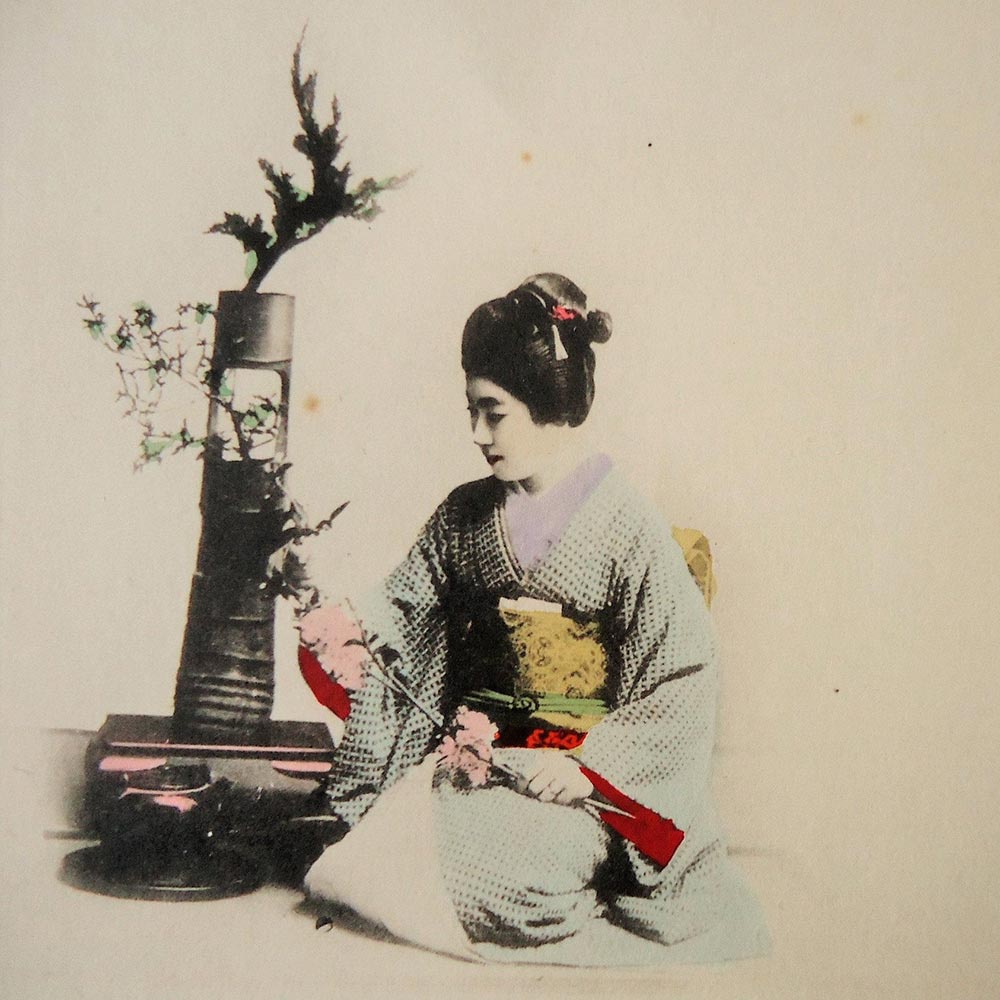
Japanese Ikebana
-
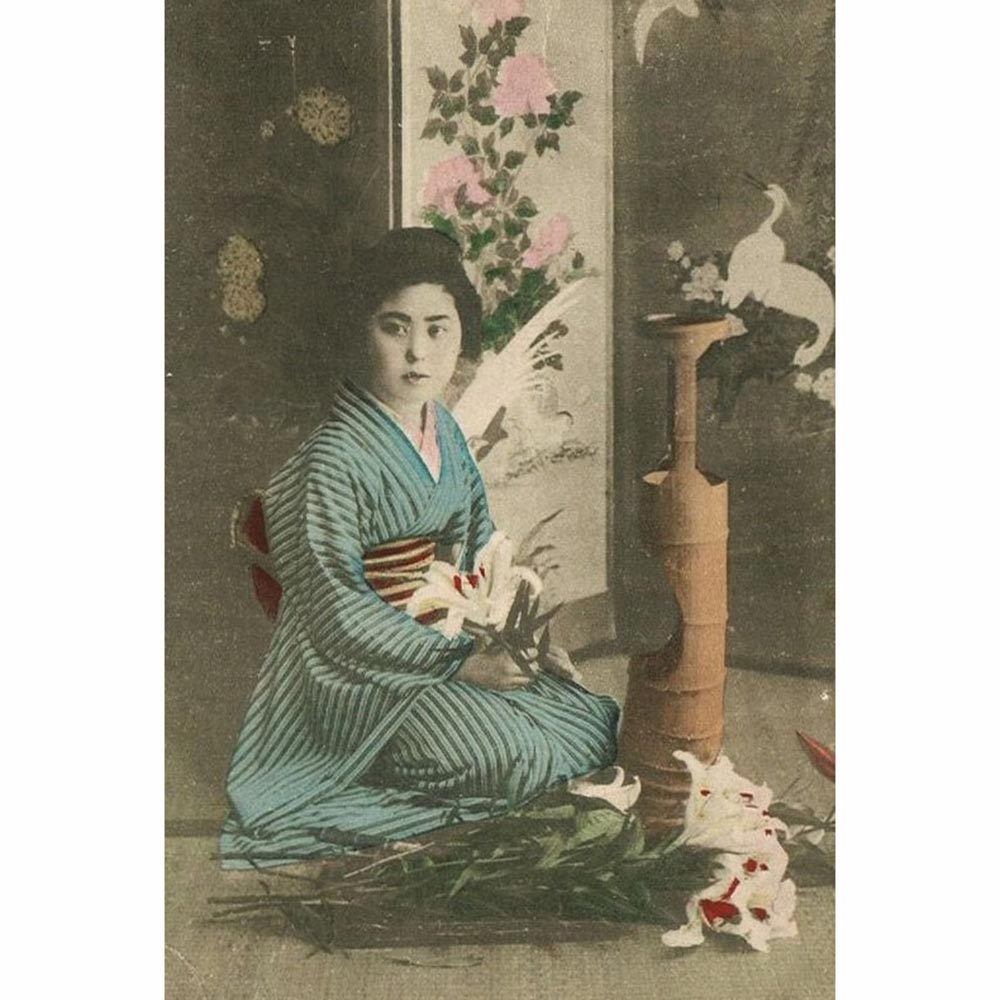
Japanese Ikebana
-
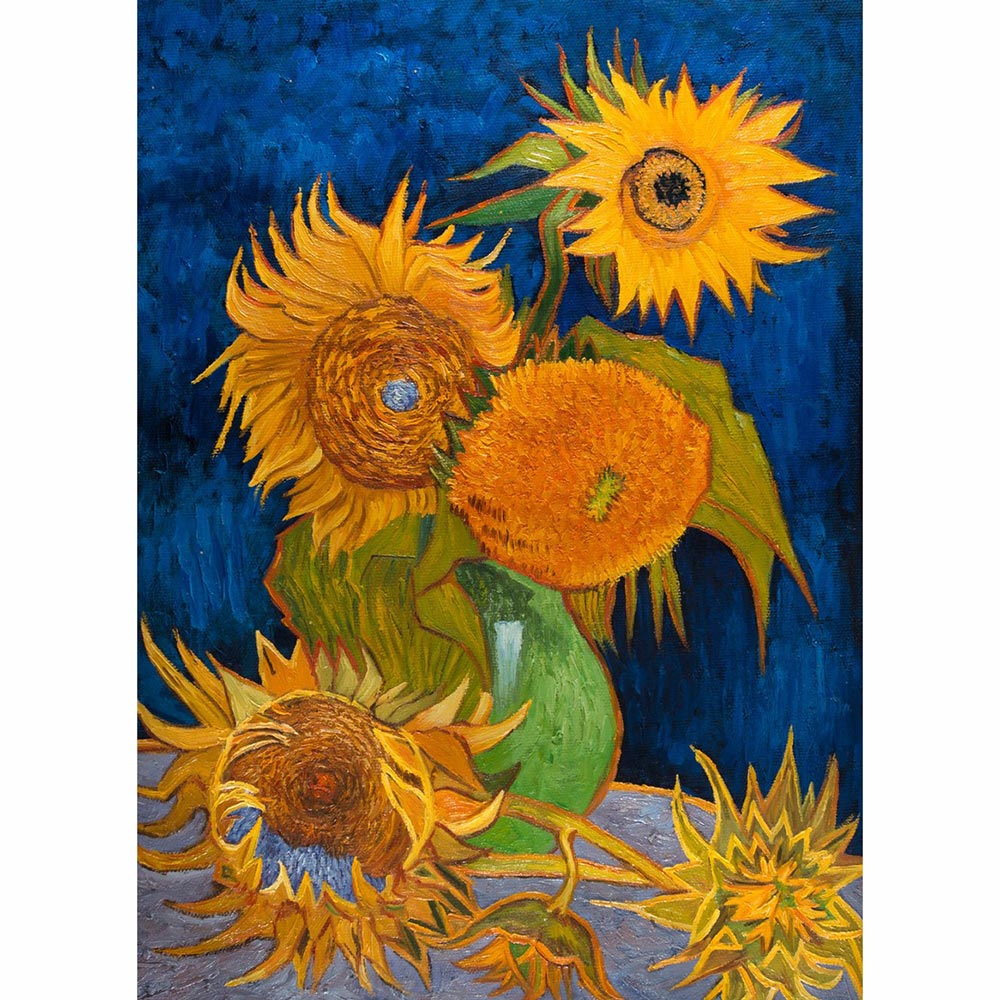
Sunflowers by V. Van Gogh
-
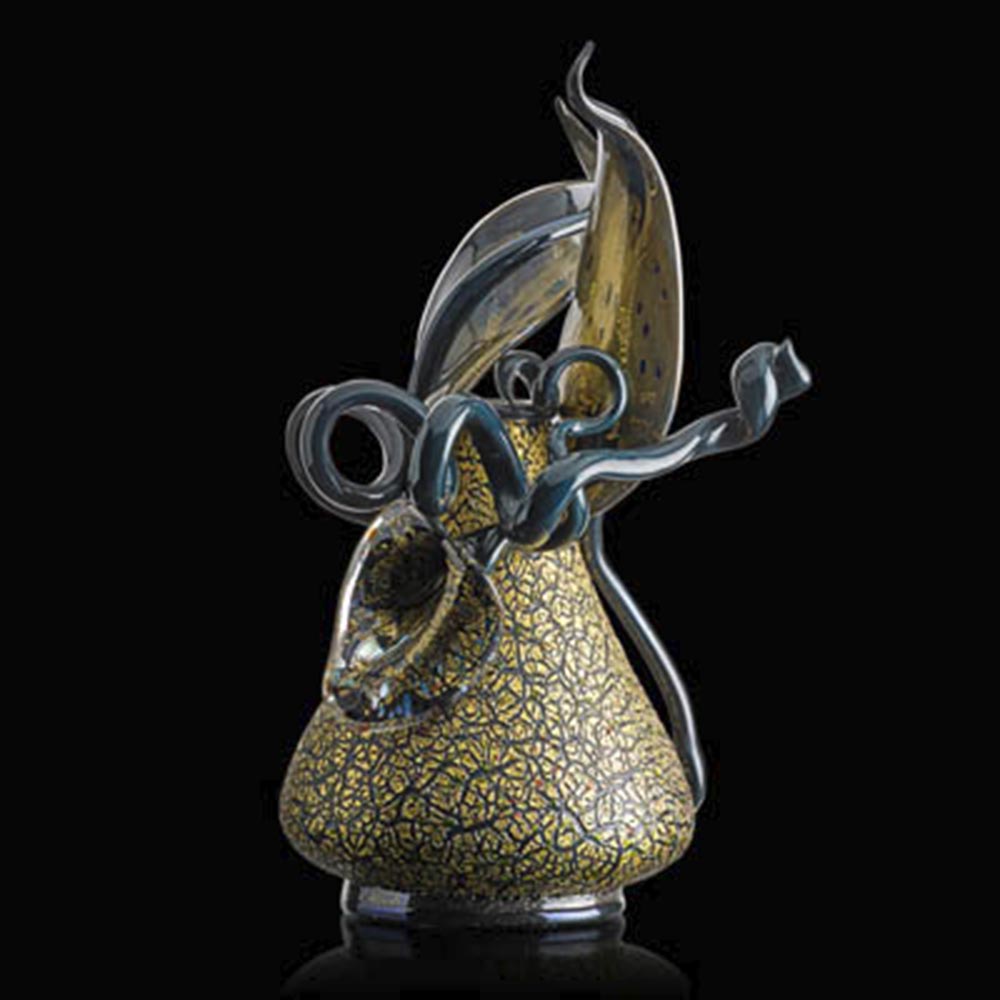
Venetian by D. Chihuly and L. Tagliapietra
-
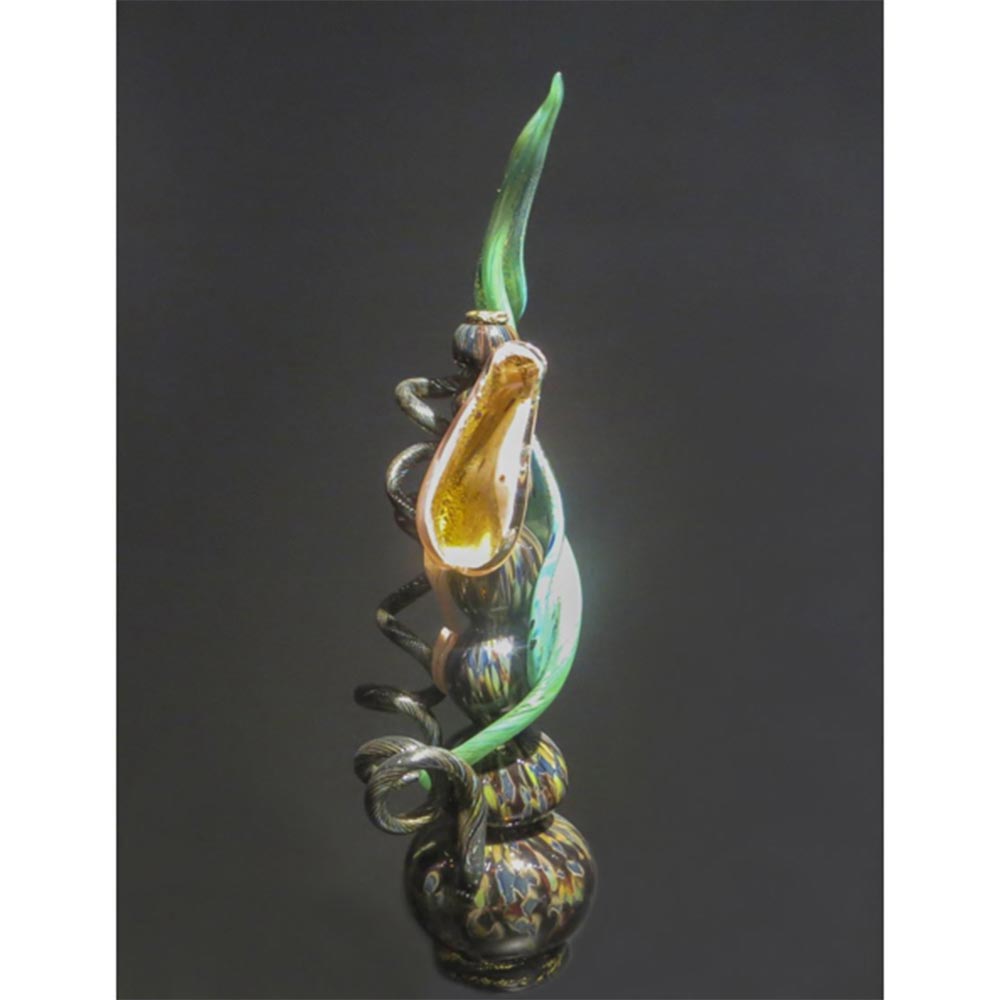
Venetian with Gold Leaf by D. Chihuly
-
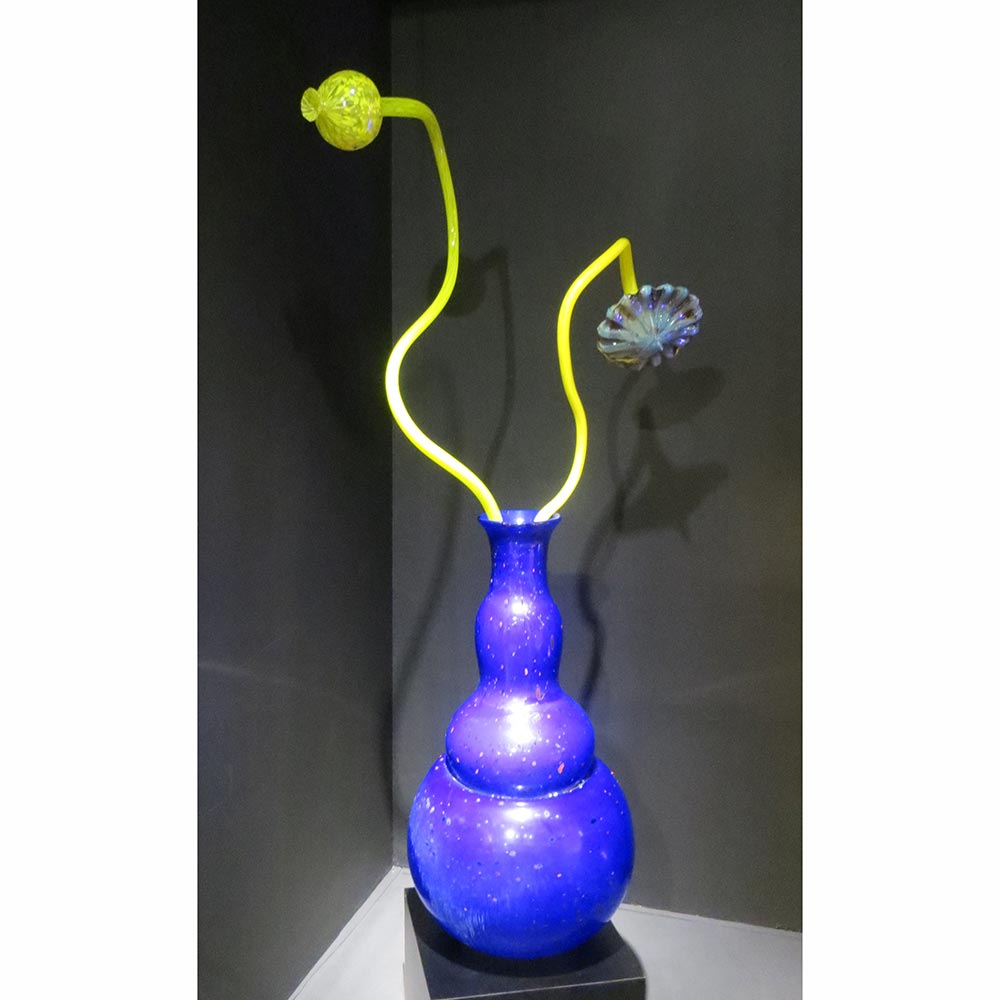
Blue Ikebana by D. Chihuly
-

Ikebana Flower detail
-
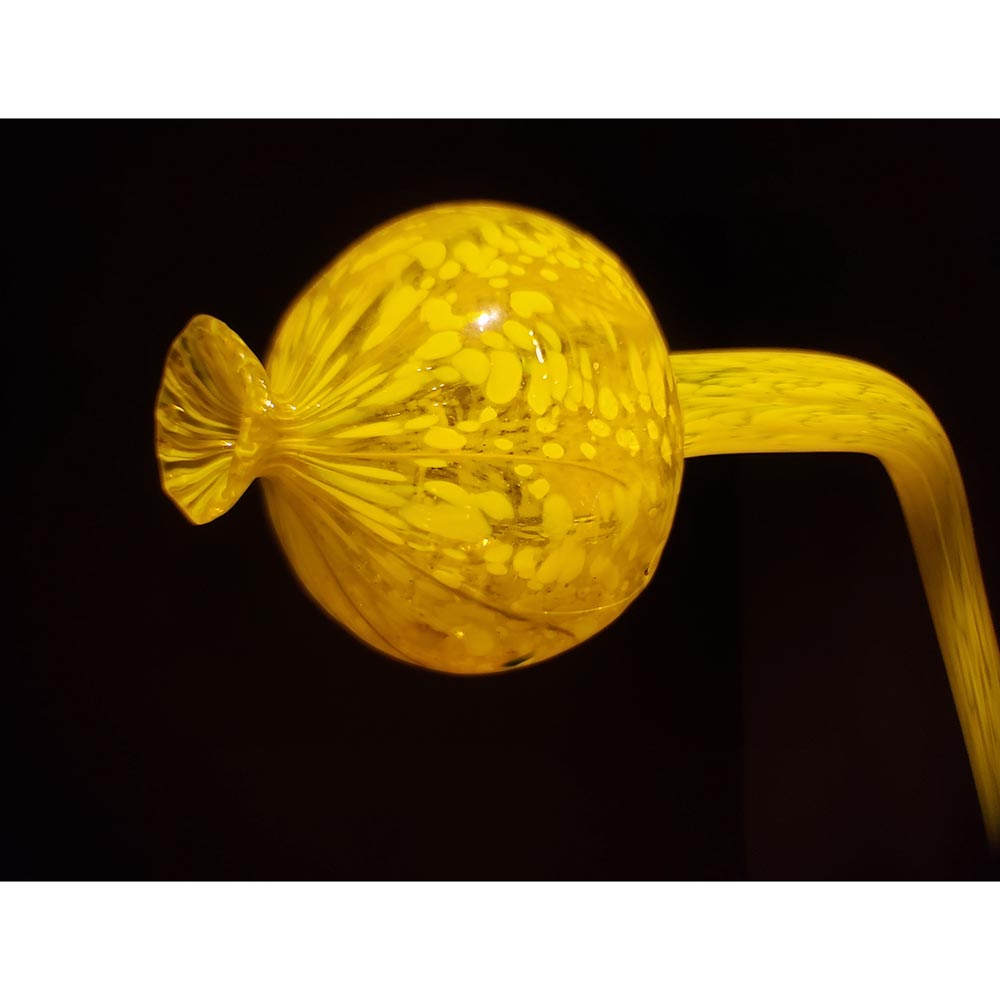
Ikebana Flower detail
-
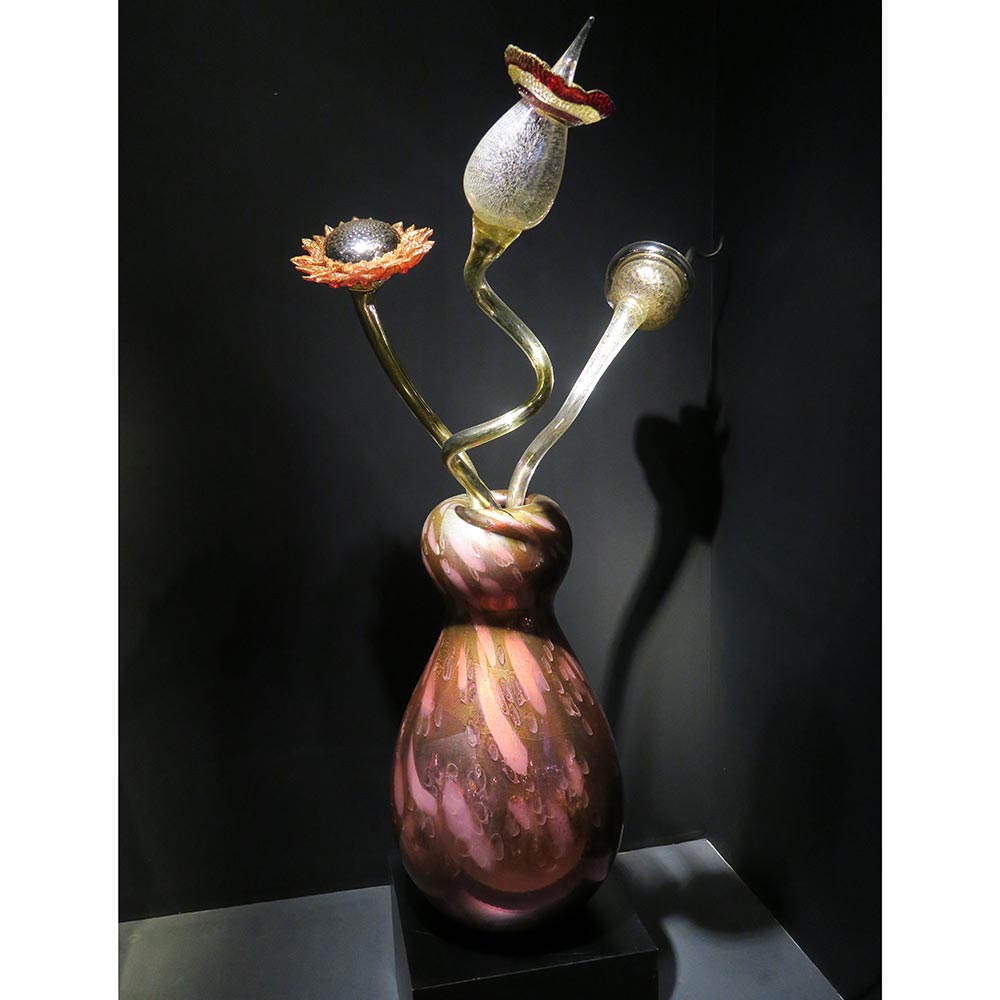
Silvered Pink Ikebana by D. Chihuly
-
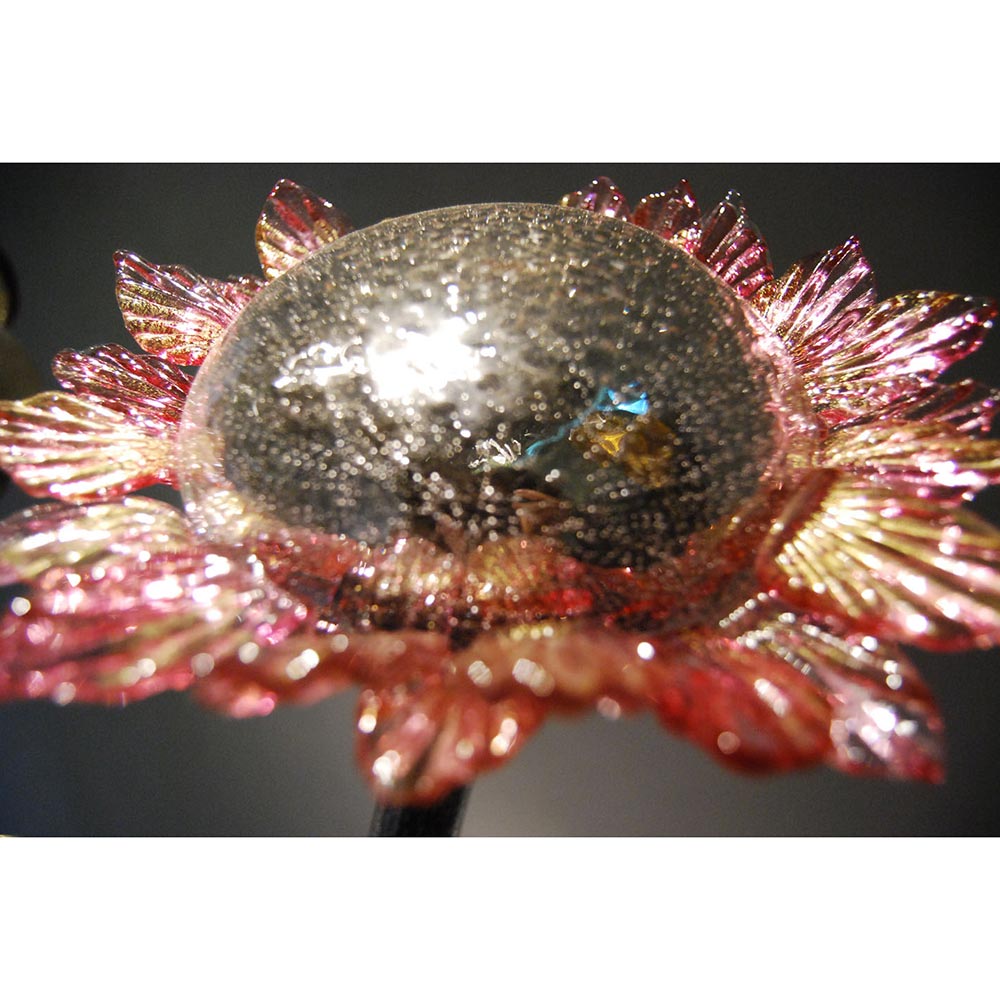
Ikebana Flower detail
-
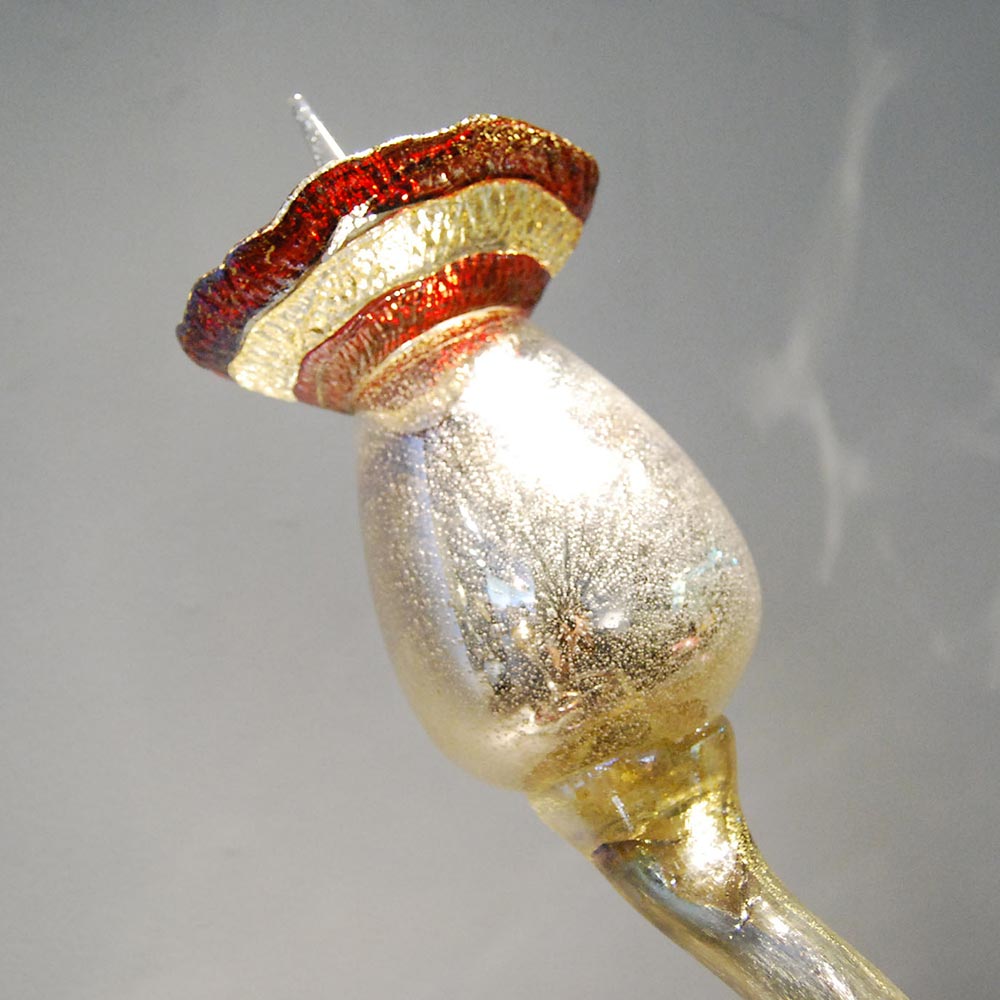
Ikebana Flower detail
-
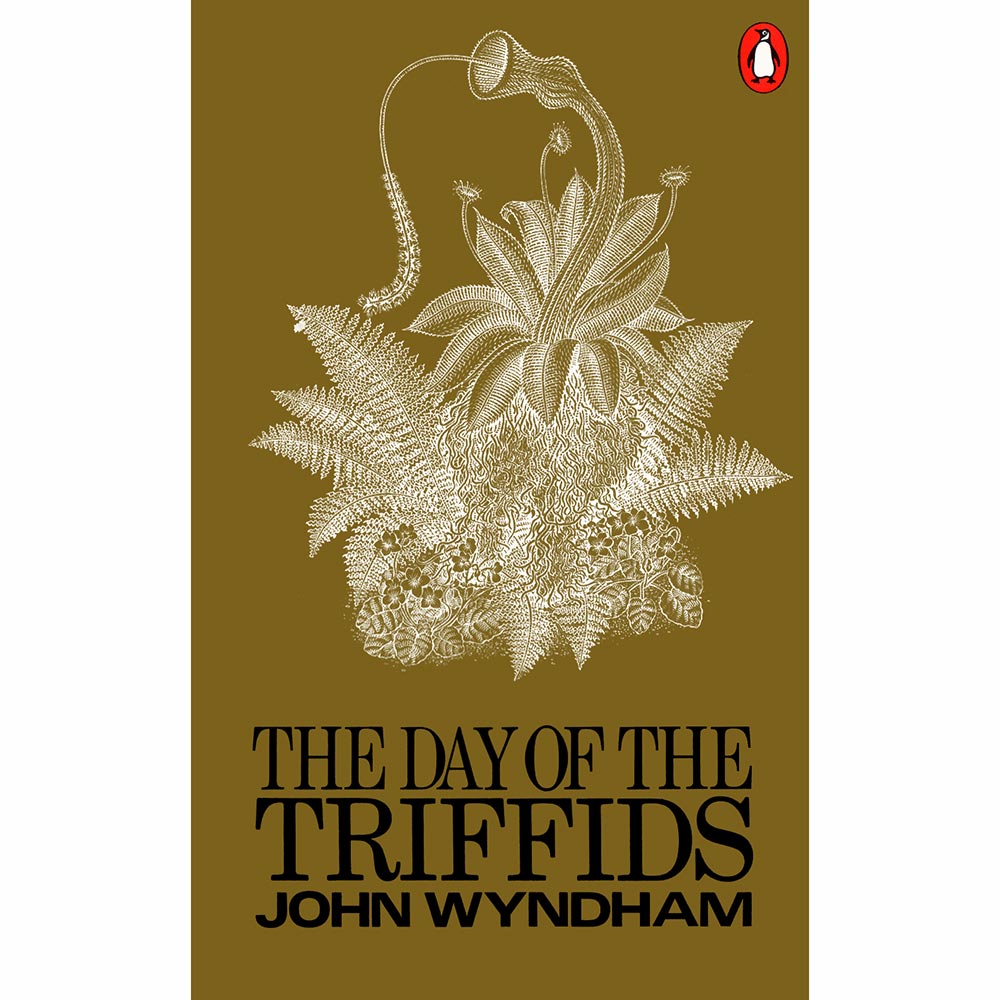
The Day of the Triffids book by J. Wyndham
-
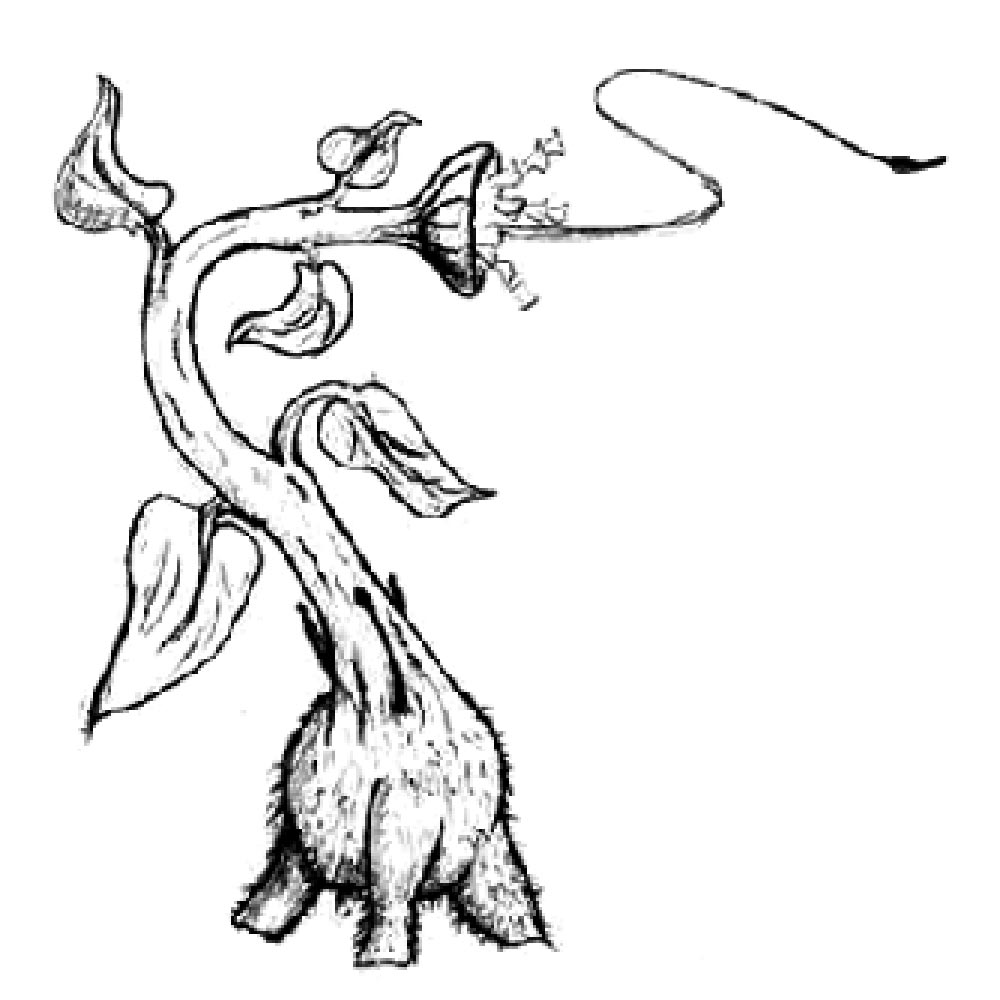
Triffid
-
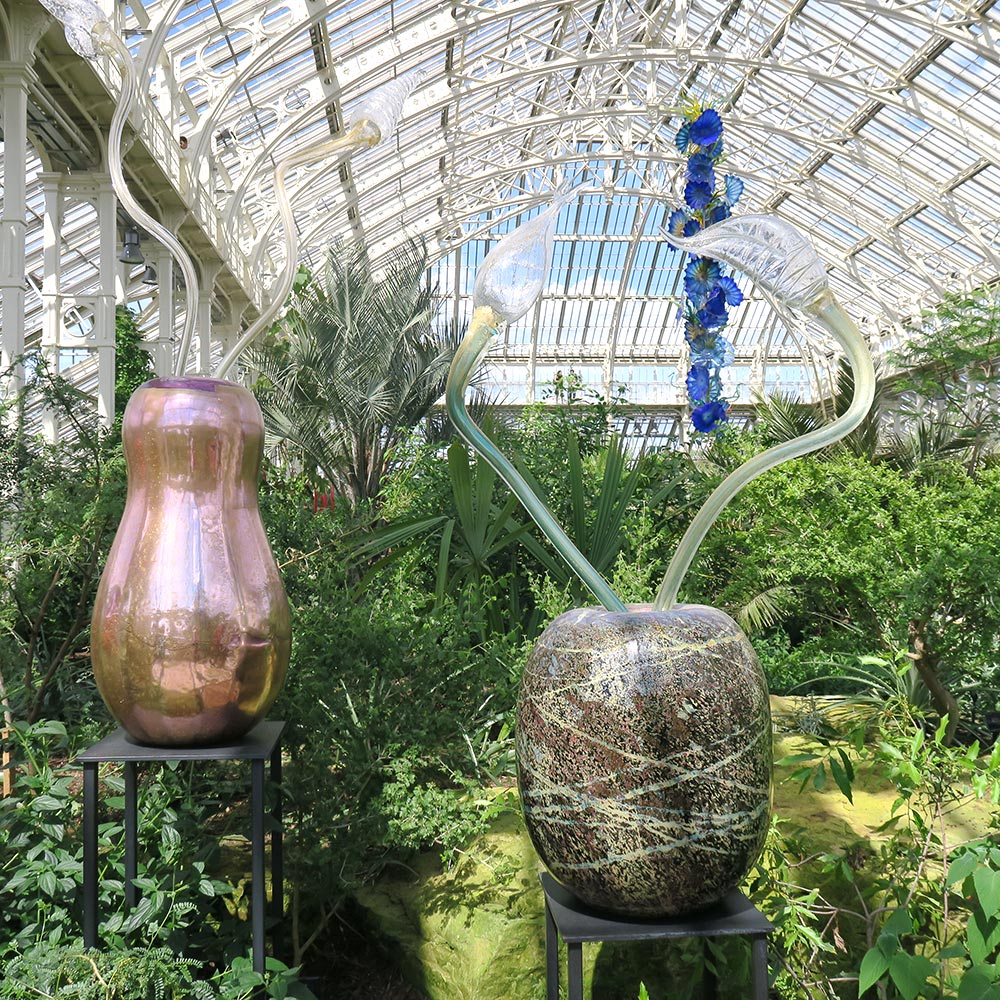
Ikebana at Kew Garden
-
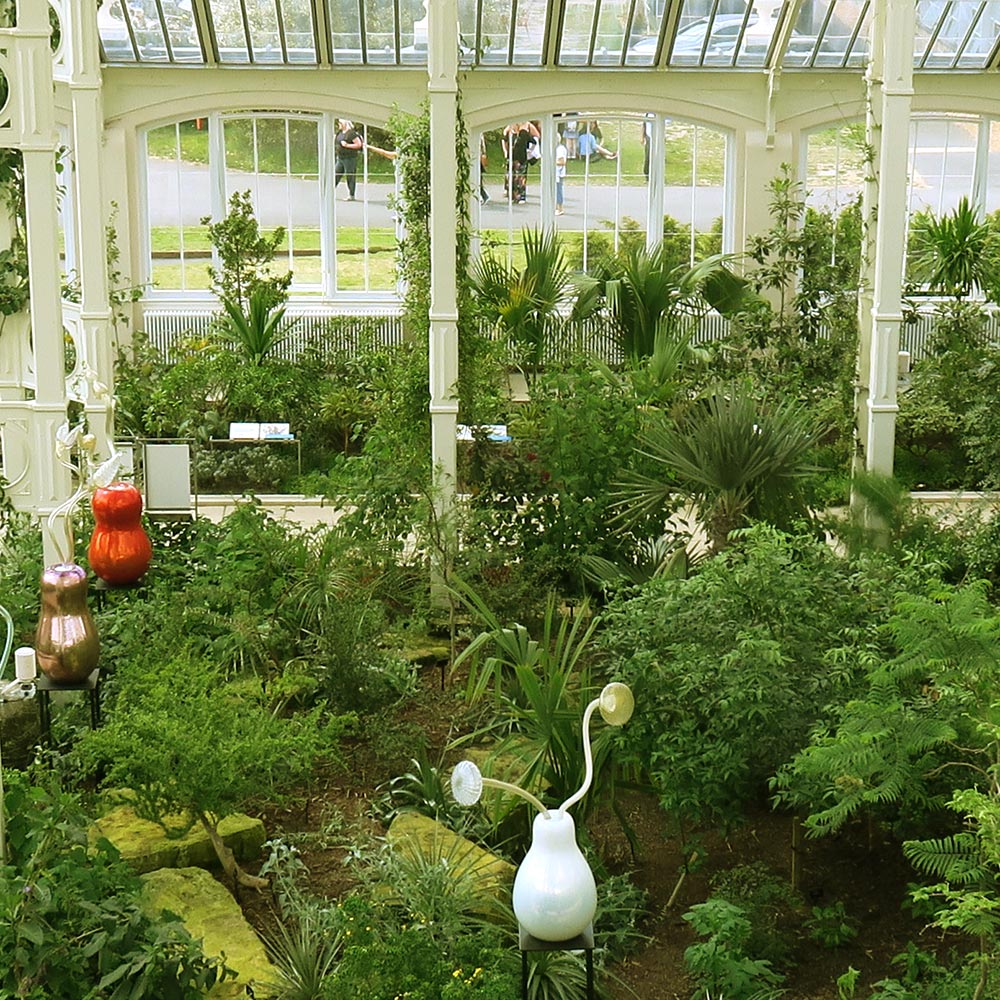
Ikebana at Kew Garden
-

The Lorax by Dr. Seuss
-
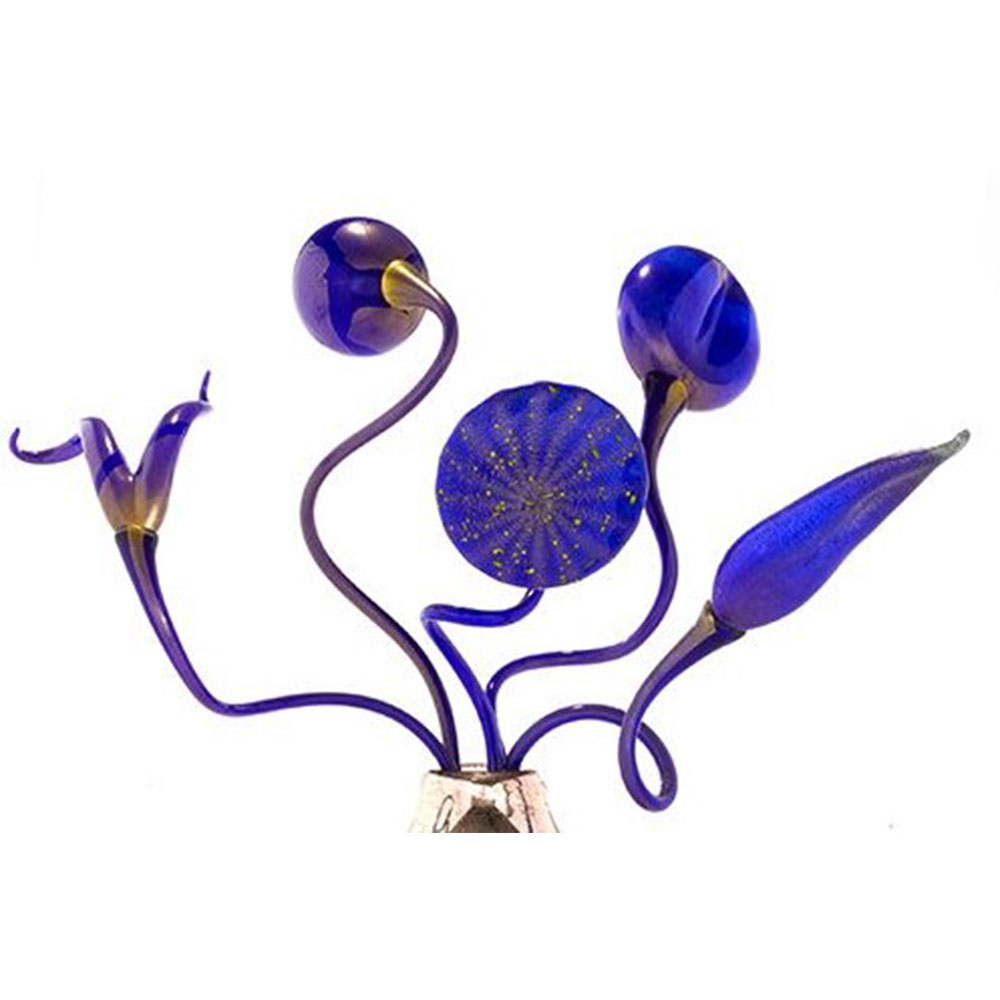
Chihuly Ikebana Flowers
-
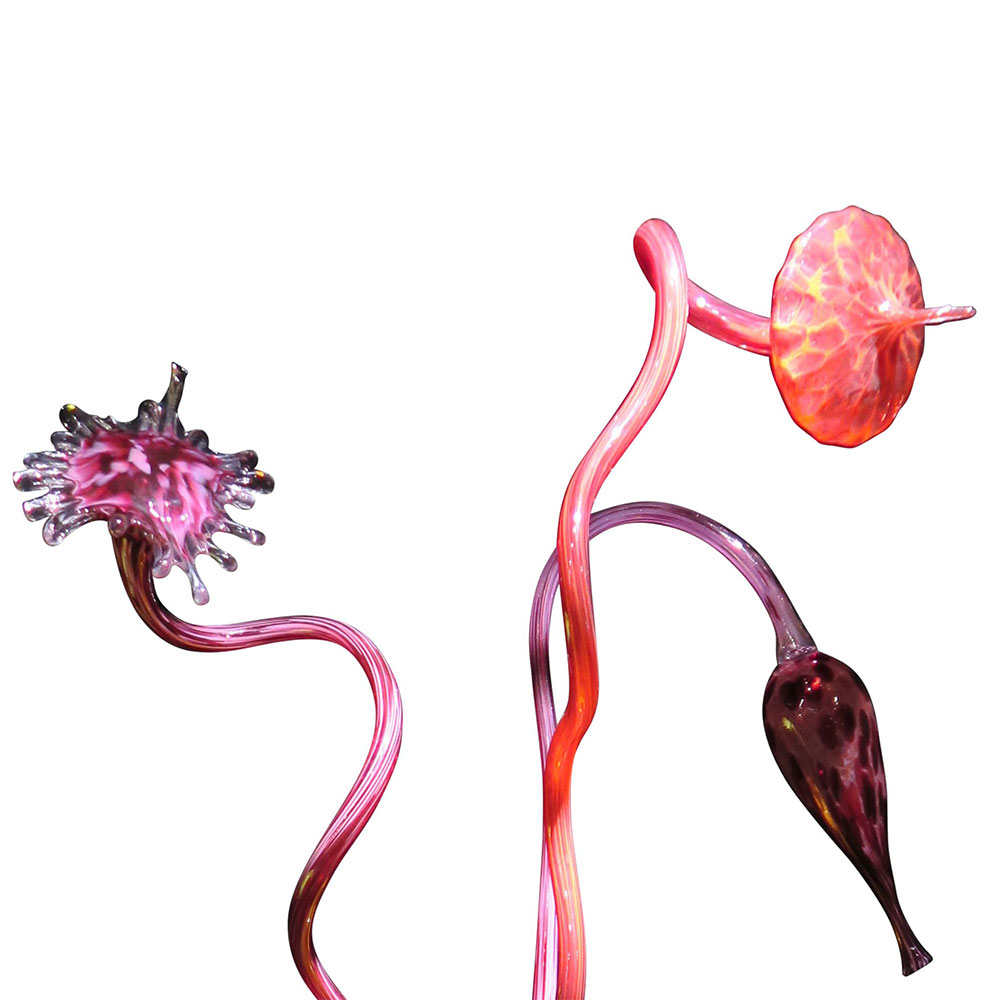
Chihuly Ikebana Flowers
